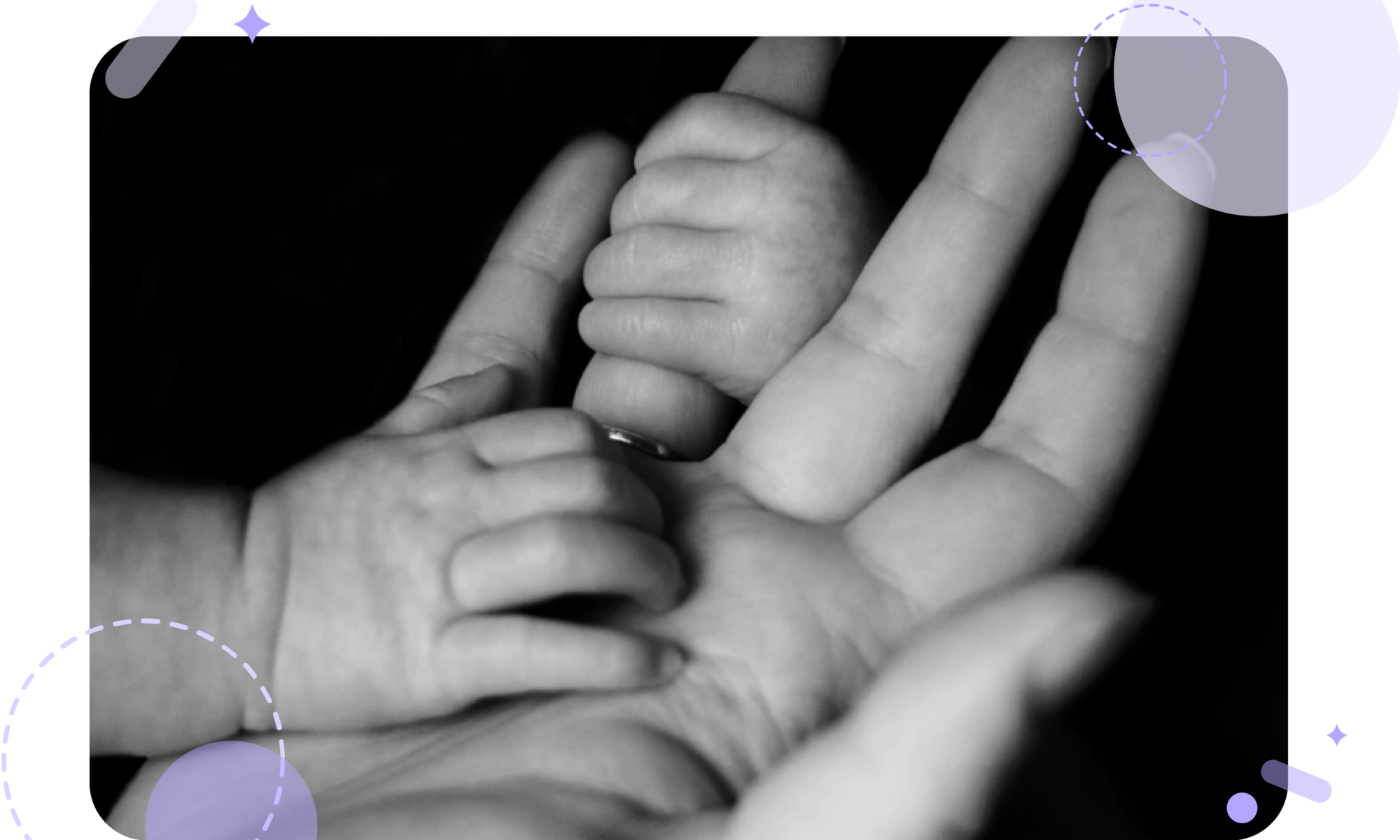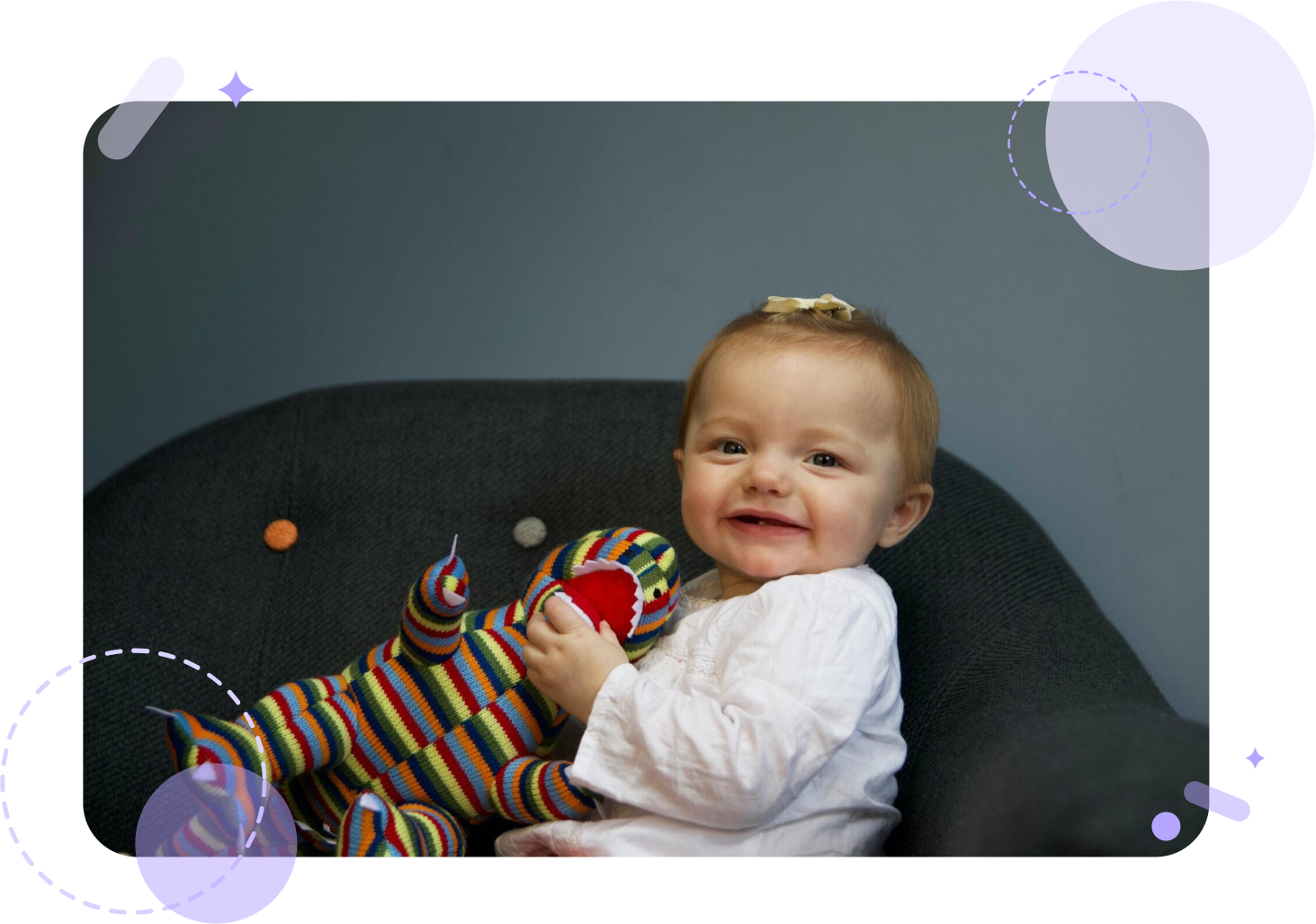
The Palmar grasp reflex occurs when you place your finger in the palm of your baby’s hand, and the baby encloses their hand around your finger and releases it when their hand is stroked. This reflex leads to one of the earliest and most profound connections you will have with your baby.
Testing the Palmar Grasp Reflex
To help trigger this response from your newborn, gently apply pressure with your finger on the palm of your baby’s hand and stroke it horizontally. You will notice that your little one will close in on your finger. When you stroke your baby’s hand, they will release your finger.
This reflex ensures the functioning of the grasping movement of hands, which the baby acquires as they grow and develop their fine motor skills.
When Does it Disappear?
This reflex is present in newborns from birth until four to six months of age. The timely disappearance of the Palmar grasp reflex (called reflex integration) points to important signs of appropriate nervous system and fine motor skills development.
The integration of primitive reflexes is caused by the development of more advanced brain structures in the frontal lobes which are responsible for controlling movement and activities. As your baby’s brain structures mature, they start controlling other parts of the brain which are not yet fully developed (such as the brain stem and medulla) that are responsible for triggering primitive reflexes.
 Back
Back

